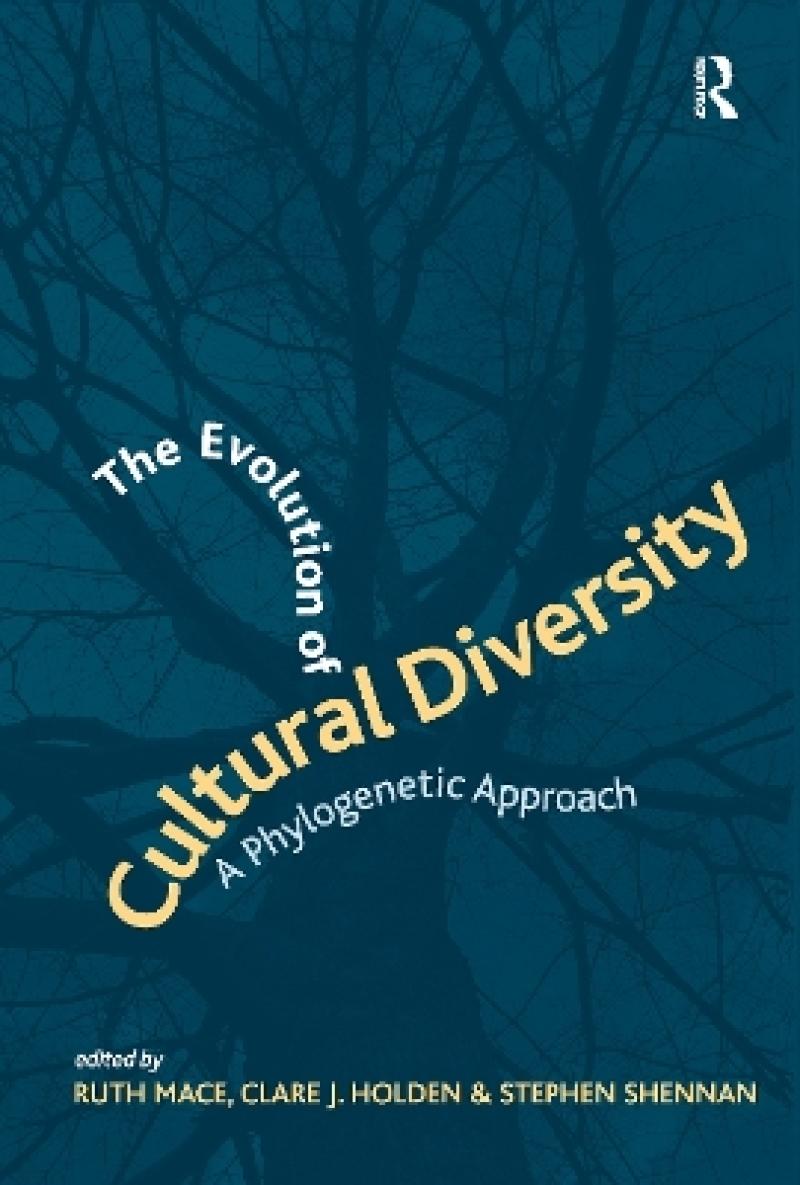Virtually all aspects of human behavior show enormous variation both within and between cultural groups, including material culture, social organization and language. Thousands of distinct cultural groups exist: about 6,000 languages are spoken today, and it is thought that a far greater number of languages existed in the past but became extinct. Using a Darwinian approach, this book seeks to explain this rich cultural variation. There are a number of theoretical reasons to believe that cultural diversification might be tree-like, that is phylogenetic: material and non-material culture is clearly inherited by descendants, there is descent with modification, and languages appear to be hierarchically related. There are also a number of theoretical reasons to believe that cultural evolution is not tree-like: cultural inheritance is not Mendelian and can indeed be vertical, horizontal or oblique, evidence of borrowing abounds, cultures are not necessarily biological populations and can be transient and complex. Here, for the first time, this title tackles these questions of cultural evolution empirically and quantitatively, using a range of case studies from Africa, the Pacific, Europe, Asia and America. A range of powerful theoretical tools developed in evolutionary biology is used to test detailed hypotheses about historical patterns and adaptive functions in cultural evolution. Evidence is amassed from archaeological, linguist and cultural datasets, from both recent and historical or pre-historical time periods. A unifying theme is that the phylogenetic approach is a useful and powerful framework, both for describing the evolutionary history of these traits, and also for testing adaptive hypotheses about their evolution and co-evolution. Contributors include archaeologists, anthropologists, evolutionary biologists and linguists, and this book will be of great interest to all those involved in these areas.
Les mer
This volume tackles questions of cultural evolution empirically and quantitatively, using a range of case studies from Africa, the Pacific, Europe, Asia and America. Powerful theoretical tools developed in evolutionary biology are used to test detailed hypotheses about historical patterns and adaptive functions in cultural evolution.
Les mer
Chapter 1 Introduction, RuthMace; Part 1 Part I; Chapter 2 Introduction to Part i how Tree-Like is Cultural Evolution?, ClareJ Holden, ShennanStephen; Chapter 3 Testing Population Dispersal Hypotheses, J GreenhillSimon, D GrayRussell; Chapter 4 Comparison of Maximum Parsimony and Bayesian Bantu Language Trees, J HoldenClare, MeadeAndrew, PagelMark; Chapter 5 Untangling Our Past, BryantDavid, FilimonFlavia, D GrayRussell; Chapter 6 Cultural Phylogenetic Hypotheses in Archaeology, J O’BrienMichael, LymanR Lee; Chapter 7 Phylogenesis Versus Ethnogenesis in Turkmen Cultural Evolution, CollardMark, TehraniJamshid; Chapter 8 Investigating Processes of Cultural Evolution on the North Coast of New Guinea With Multivariate and Cladistic Analyses, ShennanStephen, CollardMark; Chapter 9 Cultural Transmission in Indigenous California, JordanPeter, ShennanStephen; Part 2 Part II; Chapter 10 Introduction to Part II on The Use of Phylogenetic Comparative Methods to Test Co-Evolutionary Hypotheses Across Cultures, RuthMace; Chapter 11 The Evolution of Human Sex Ratio at Birth, RuthMace, FionaJordan; Chapter 12 ‘The Cow is the Enemy of Matriliny’, J HoldenClare, MaceRuth; Chapter 13 Bayesian Estimation of Correlated Evolution Across Cultures, PagelMark, Meade Andrew;
Les mer
Produktdetaljer
ISBN
9781598742138
Publisert
2005-05-31
Utgiver
Vendor
Left Coast Press Inc
Vekt
589 gr
Høyde
229 mm
Bredde
152 mm
Aldersnivå
U, 05
Språk
Product language
Engelsk
Format
Product format
Innbundet
Antall sider
301
